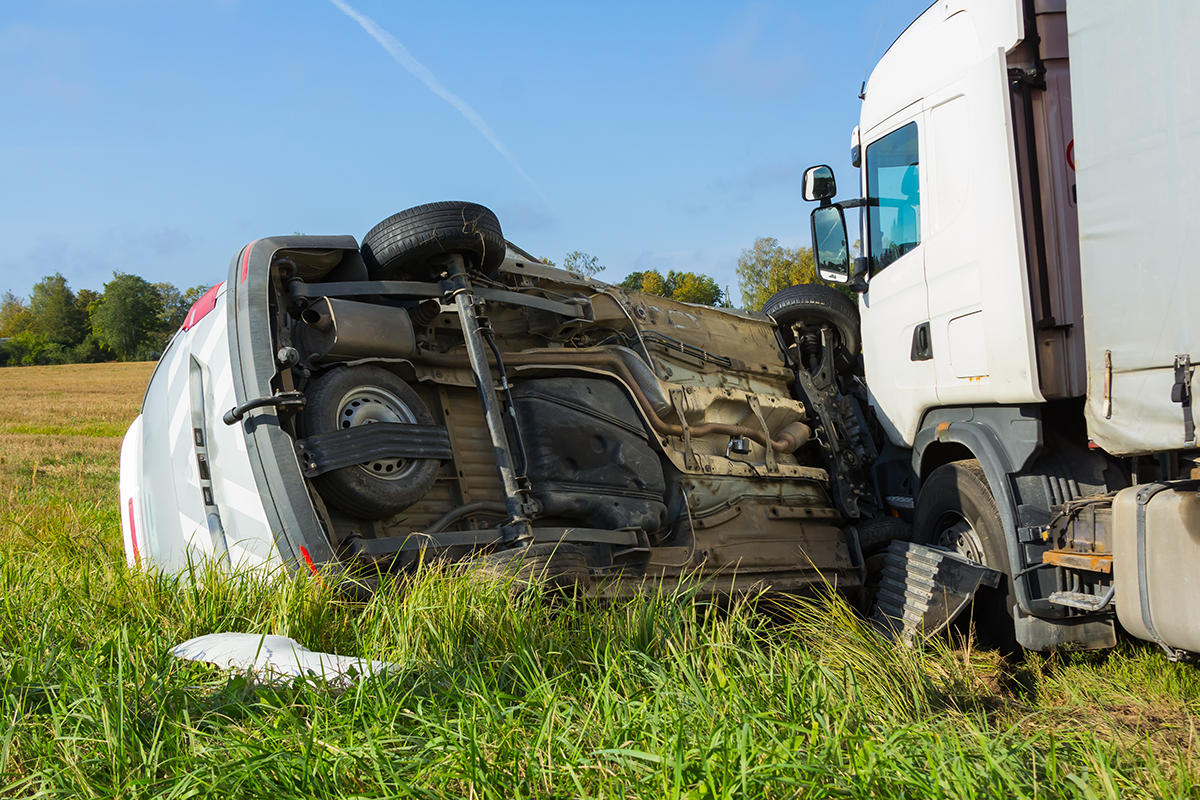
Driving in adverse weather can increase your risk of an accident. Wet or rainy conditions can make it difficult to maintain control of your vehicle. Before you venture out for a rainy drive, you should be aware of these risks.
When it rains, drivers may encounter a dangerous phenomenon called hydroplaning.
What is hydroplaning?
Hydroplaning occurs when there is water on the road from rain or flooding.
Normally, your car’s tires push water aside. When the road is extremely wet or you are driving at high speeds, there may be too much water for your tires to handle. The excess water forms a cushion under your tires, causing them to lose contact with the road.
While hydroplaning, you can lose traction and lose control of your vehicle. Your car may skid or leave the roadway, or you might not be able to brake effectively, leading to a rear-end collision.
How can drivers avoid hydroplaning?
Fortunately, it is possible to reduce your risk by preparing ahead of time. Invest in tires with good traction control and replace them when the treads get worn down. Maintain the tire pressure recommended by the manufacturer; overinflated or underinflated tires can increase the risk of an accident.
Before you travel, check the weather conditions, allowing extra travel time if necessary. Drive at an appropriate speed. Bear in mind that in Kansas, drivers must maintain a “reasonable and prudent” speed, which might be lower than the posted speed limit when adverse weather or other hazards are present. If you get into an accident in unsafe weather conditions one of our Kansas City car accident attorneys can help you navigate the legal process.
Driving in the rain can be dangerous without the proper precautions. However, taking a few preventative steps can help avoid a devastating accident.



